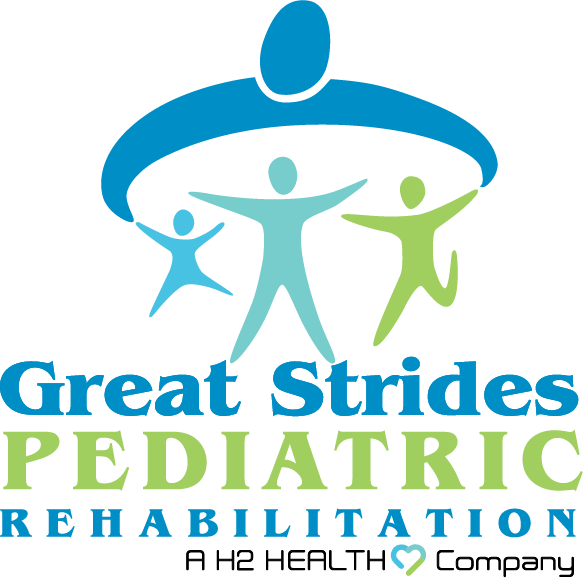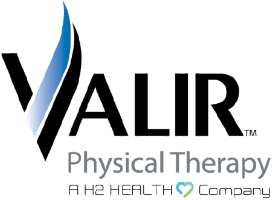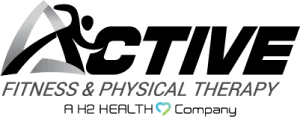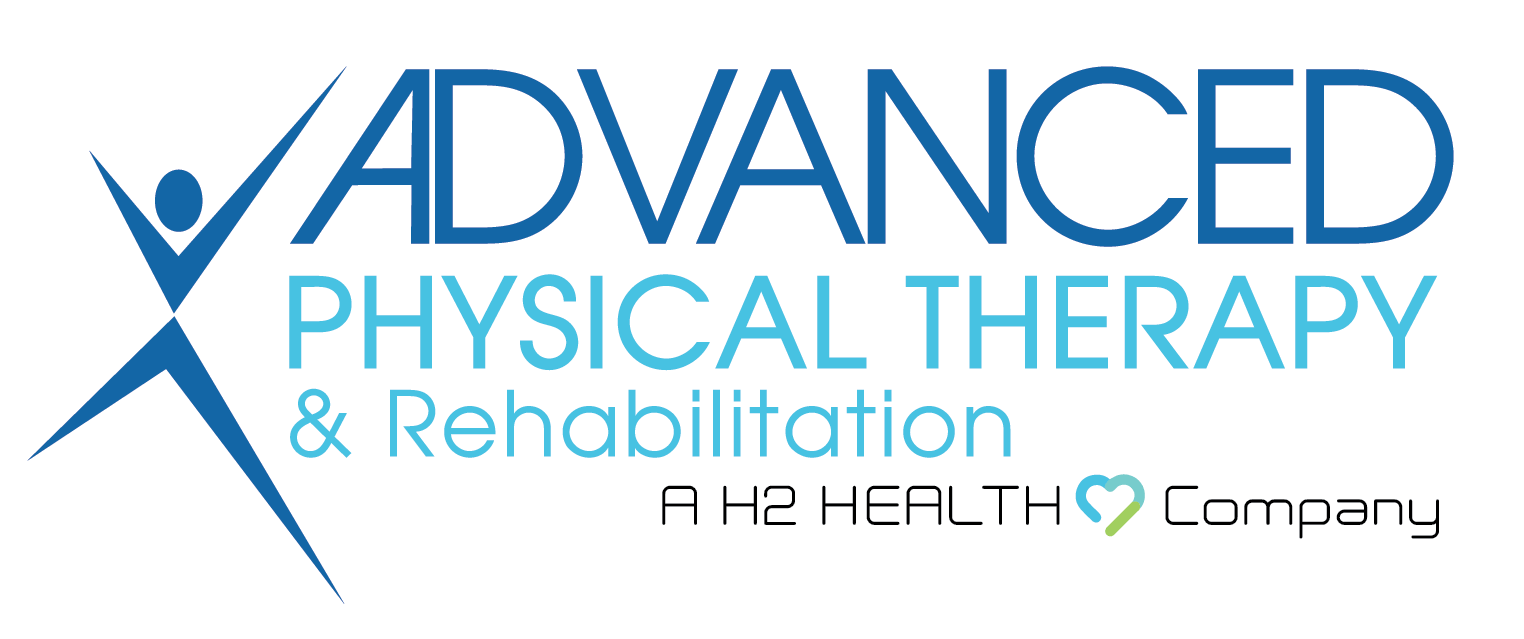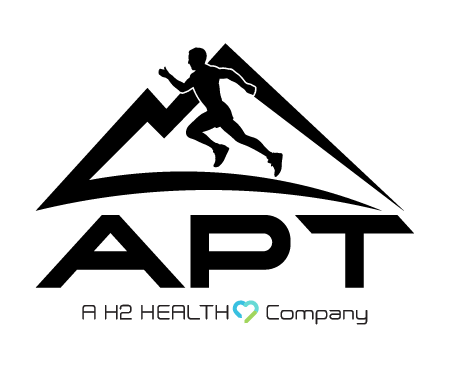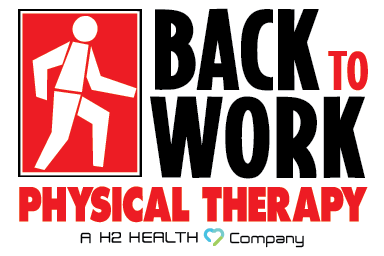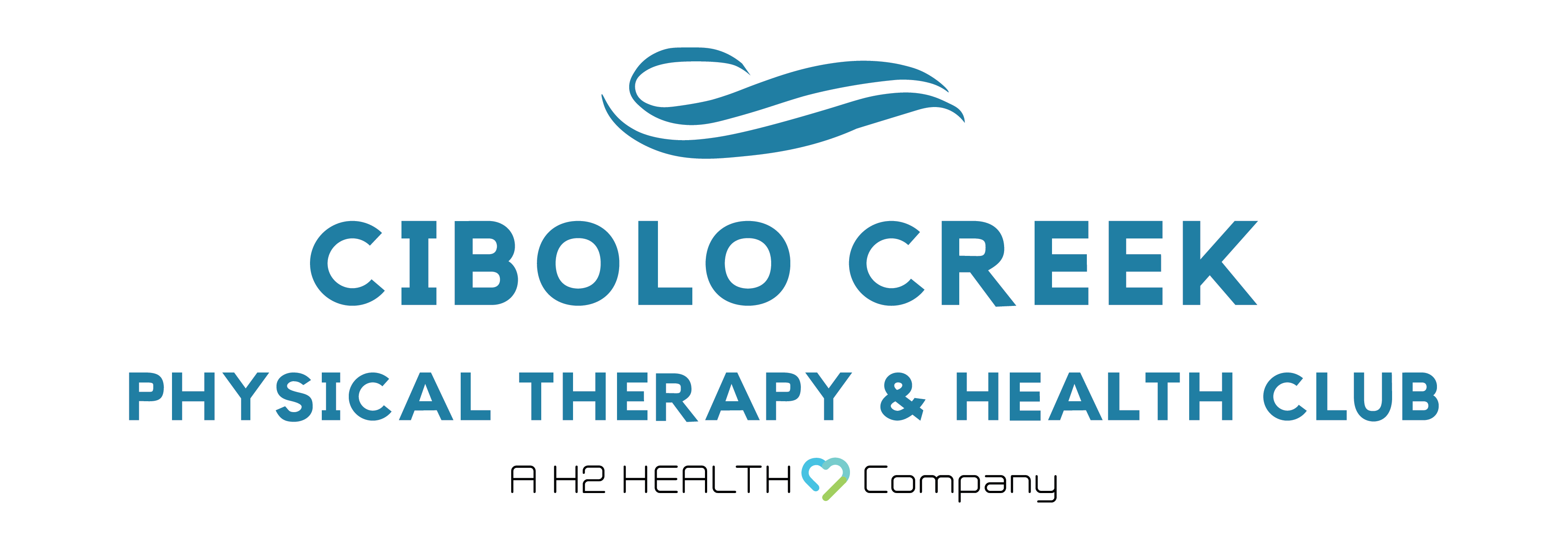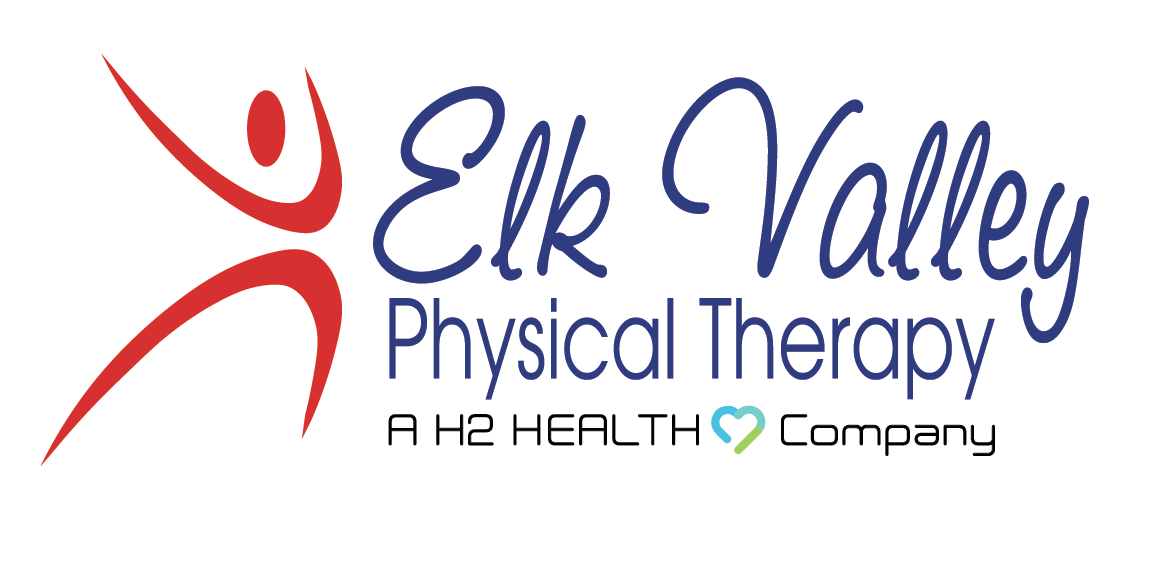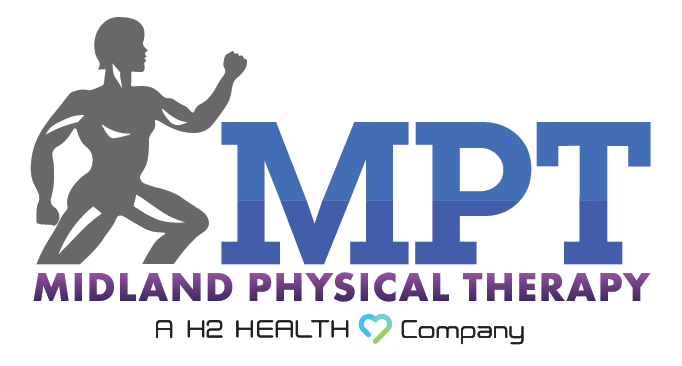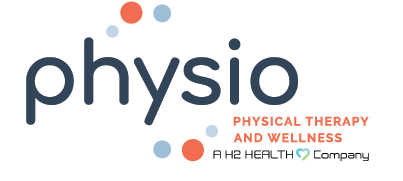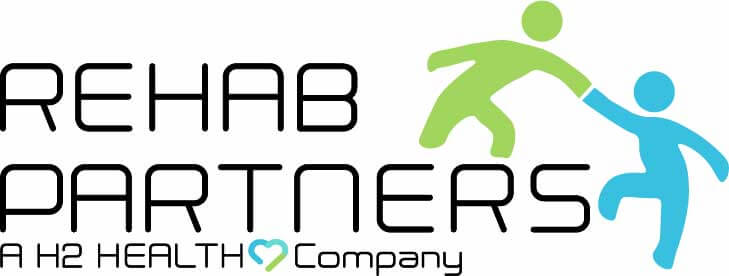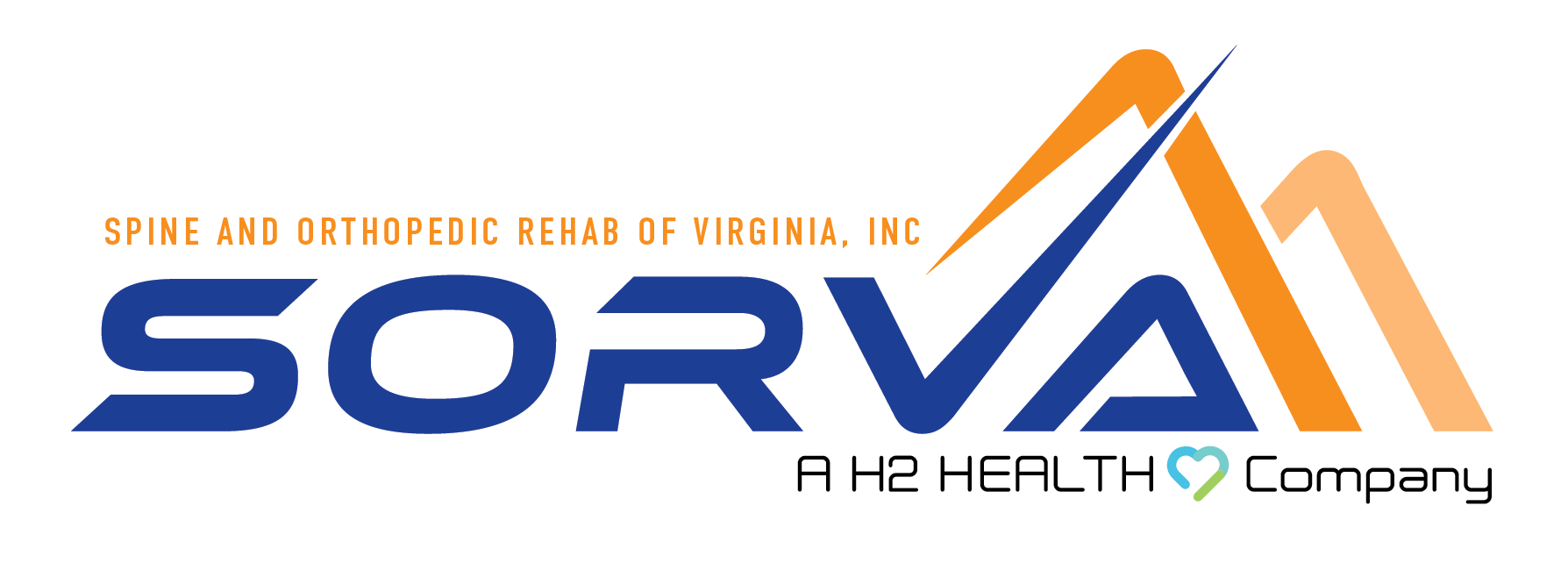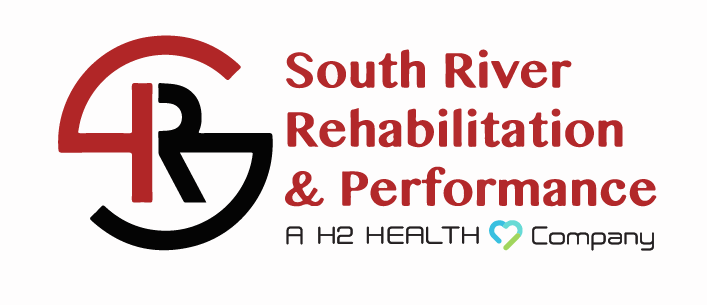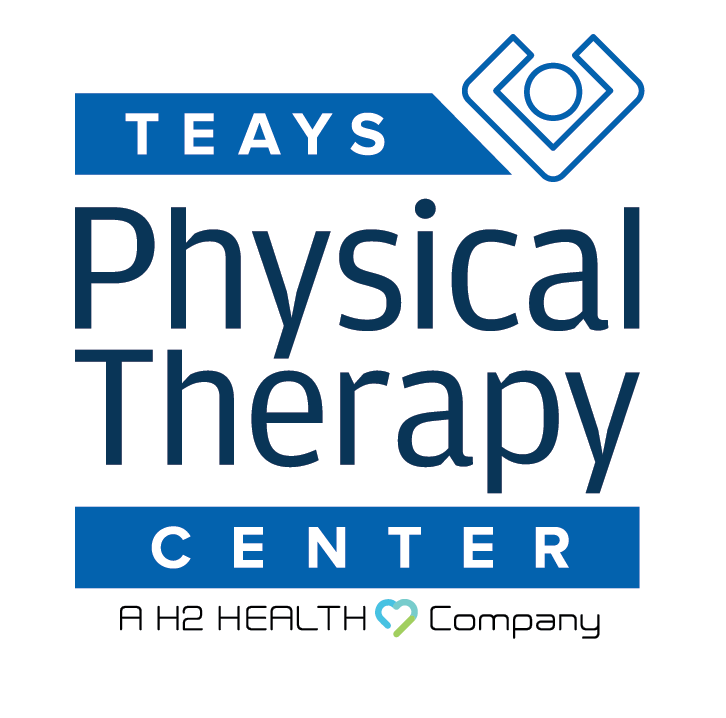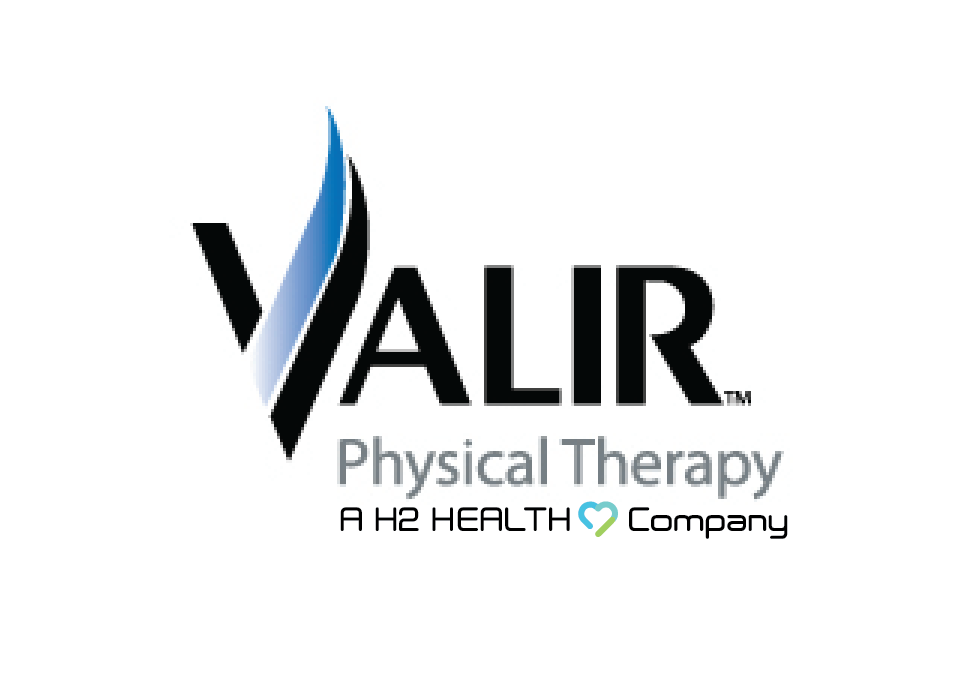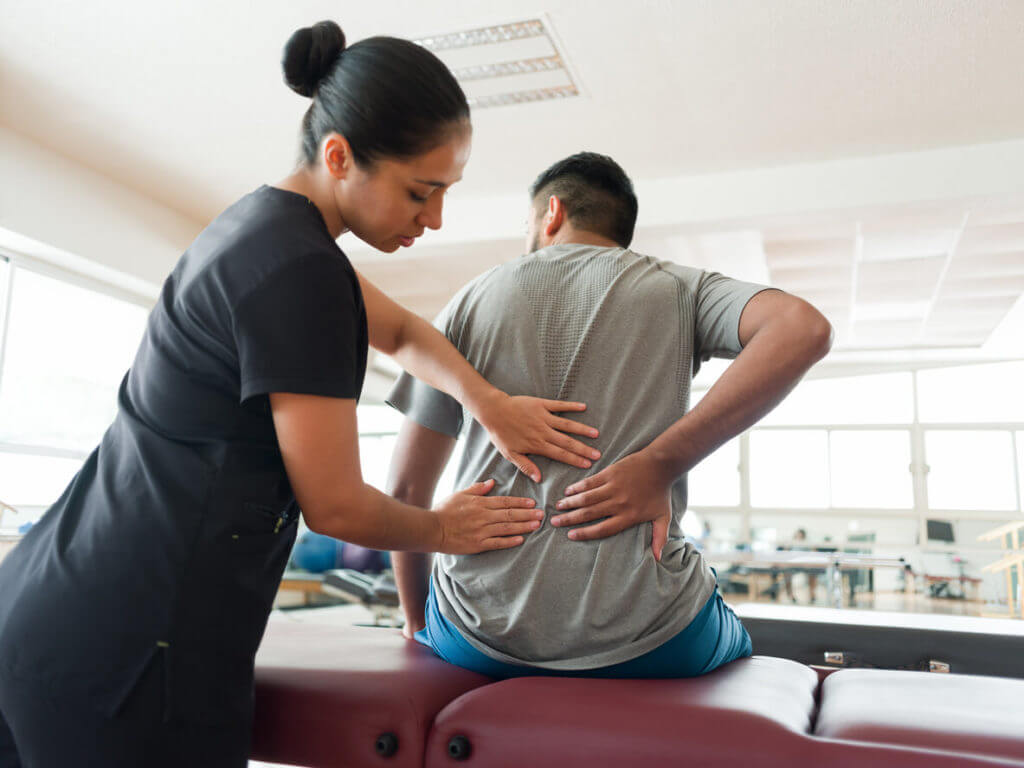
Lower back pain is something many people face at some point in their lives. It’s not just uncomfortable; it can seriously impact your day-to-day activities. While there are plenty of treatments available, physical therapy stands out as a highly effective way to relieve lower back pain. In this blog, we’ll explore how physical therapy for lower back pain can help, why it works, and what you can expect from it.
What is Lower Back Pain?
Lower back pain develops when there is discomfort in the lower part of the spine. This area includes muscles, bones, and nerves, all working together to support your upper body and allowing you to move. Sometimes, these components can get hurt or strained, leading to pain.
Why Does Lower Back Pain Develop?
There are many reasons why someone might have lower back pain, such as:
- Injuries: Falls, accidents, or sports injuries can damage the muscles or bones in your back.
- Poor Posture: Sitting or standing incorrectly for long periods can strain your back, causing lower back pain.
- Lack of Exercise: Weak back muscles can make it easier to get hurt.
- Health Conditions: Problems like arthritis or herniated discs can also cause back pain.
The Basics of Physical Therapy
Physical therapy helps people feel better by reducing pain and improving how they move. It includes exercises, stretches, and other methods to help specific parts of the body. For lower back pain, therapists often work on making the muscles around the spine stronger.
Physical therapy for lower back pain is more than just exercise. It also includes manual therapy and other therapeutic modalities.
The Benefits of Physical Therapy
There are several good reasons to choose physical therapy for lower back pain. First, it can help reduce pain and discomfort. By making the muscles around the spine stronger, physical therapy helps support your back and reduce strain.
Another benefit is better movement. Lower back pain can make it hard to move around easily. Physical therapy for lower back pain can help you get back your range of motion, so it’s easier to do your daily activities.
Lastly, physical therapy for lower back pain teaches you helpful exercises and techniques. You’ll learn what to do on your own to manage your pain over time.
Common Physical Therapy Exercises
Physical therapy for lower back pain often includes a variety of exercises. Here are some common ones:
Stretching Exercises
Stretching exercises help make your muscles more flexible and less tense. Some examples are hamstring stretches, pelvic tilts, and knee-to-chest stretches. Stretching loosens tight muscles, which can reduce pain and make it easier to move.
Strengthening Exercises
Strengthening exercises help build the muscles that support your spine. This can include activities like bridges, planks, and leg raises. Stronger muscles give better support to your spine, which helps reduce the strain on your lower back.
Aerobic Exercises
Aerobic exercises like walking, swimming, and cycling are good for you. They help your blood flow better and reduce stiffness. These activities also make you fitter and can lead to a healthier back.
Manual Therapy Techniques
Manual therapy is an important part of physical therapy for lower back pain. It includes hands-on techniques where the therapist uses their hands to move muscles and joints. These techniques can involve:
Massage
Massage helps relax tight muscles and improves blood flow. This can reduce pain and help the body heal. It’s a gentle way to feel better quickly.
Joint Mobilization
Joint mobilization is about gently moving your joints to help them move better. This can be really useful if your lower back hurts because of stiffness in the spine.
Soft Tissue Mobilization
Soft tissue mobilization helps break down scar tissue and makes your muscles work better. This method can reduce pain and help you move more easily.
Therapeutic Modalities
Heat and Cold Therapy
Heat and cold therapy are often used to help with lower back pain. Heat therapy means using warm packs on your back to relax muscles and improve blood flow.
Cold therapy means using ice packs to reduce swelling and numb the area, which can help with sharp pain. Your physical therapist might suggest using both of these methods along with other treatments for better results.
Electrical Stimulation
This involves using small electrical currents to stimulate the muscles and nerves in the back. It can help reduce pain and improve muscle function.
The Role of Education in Physical Therapy
Education is a key part of physical therapy for lower back pain. The therapist will explain your condition, why you have pain, and how to manage it. This helps you take charge of your health.
You’ll also learn exercises and techniques to employ at home. This way, you can keep getting the benefits of physical therapy for lower back pain even after your sessions are over.
Monitoring Progress and Adjusting Treatment
Keeping track of how you’re doing is really important for physical therapy to work well. Your therapist will often check on you to see how the treatment is going. Depending on how well you do, they might change your plan to get better results.
It’s also important for you to tell your therapist how you feel. Letting them know what helps and what doesn’t will make your treatment plan work better for you.
Physical Therapy for Lower Back Pain Near Me at H2 Health
At H2 Health, we offer comprehensive rehabilitation services tailored to your specific needs. Our expert physical therapists are committed to helping you reduce pain, improve mobility, and regain strength.
For more information about physical therapy for lower back pain, call us today at your nearest H2 Health clinic or use our easy-to-fill form to make an appointment. We look forward to serving you!

